
The latest ACAP Species Infographic released today, the 21st to be produced in the 31-species series, is for the Southern Giant Petrel Macronectes giganteus (Least Concern). It has been sponsored by the Australian Antarctic Division. It is the fourth to be produced for an ACAP-listed petrel, following those for the Least Concern Northern Giant Petrel M. halli, the Near Threatened Grey Petrel Procellaria cinerea and the Vulnerable White-chinned Petrel P. aequinoctialis. The other 17 infographics are all for albatrosses. It is also being produced in the official ACAP languages of French and Spanish, and in Portuguese, reflecting it is a regular visitor to Brazilian waters. These versions are expected to be released soon.
“Bloody Beauty”. A scavenging Southern Giant Petrel, artwork in pastels by Marion Schön of Artists & Biologists Unite for Nature (ABUN) for ACAP, after a photograph by Jaimie Cleeland
The ACAP Species Infographic series has been designed to help inform the public, including school learners, of the threats faced by albatrosses and petrels and what is being and can be done to combat them. They serve to complement the more detailed and referenced ACAP Species Assessments, the concise and illustrated ACAP Species Summaries and the ACAP Photo Essay series. English and Portuguese language versions of the infographics produced to date are available to download here. French and Spanish versions can be found in their respective language menus for the website under Infographies sur les espèces and Infographía sobres las especies.
The 21 infographics produced to date may be freely downloaded at a high resolution to allow for printing professionally in two poster sizes (approximately A2 and A3). Please note they are only being made available for personal use or when engaging in activities that will aid in drawing attention to the conservation crisis faced by the world’s albatrosses and petrels – when ACAP will be pleased to receive a mention. They should not be used for personal gain.
It is intended to produce two more ACAP Species Infographics in the first half of next year in support of World Albatross Day on 19 June (“WAD2026”) and its theme of Habitat Restoration. They will be for the Endangered Atlantic Yellow-nosed Albatross Thalassarche chlororhynchos, endemic to the Tristan da Cunha islands, part of the United Kingdom Overseas Territory of St Helena, Ascension and Tristan da Cunha in the South Atlantic and the Vulnerable Chatham Albatross T. eremita, endemic to the Chatham Islands, New Zealand.
The ACAP Species Infographics are all created by Thai illustrator Namasri ‘Namo’ Niumim from Bangkok. Namo is a graduate of the School of Architecture and Design, King Mongkut’s University of Technology Thonburi with a Bachelor of Fine Arts in Communication Design.
With thanks to Jonathon Barrington, Karine Delord, Johannes Fischer and Richard Phillips for their help.
John Cooper, Emeritus Information Officer, Agreement on the Conservation of Albatrosses and Petrels, 15 December 2025
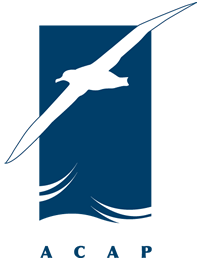
 English
English  Français
Français  Español
Español 
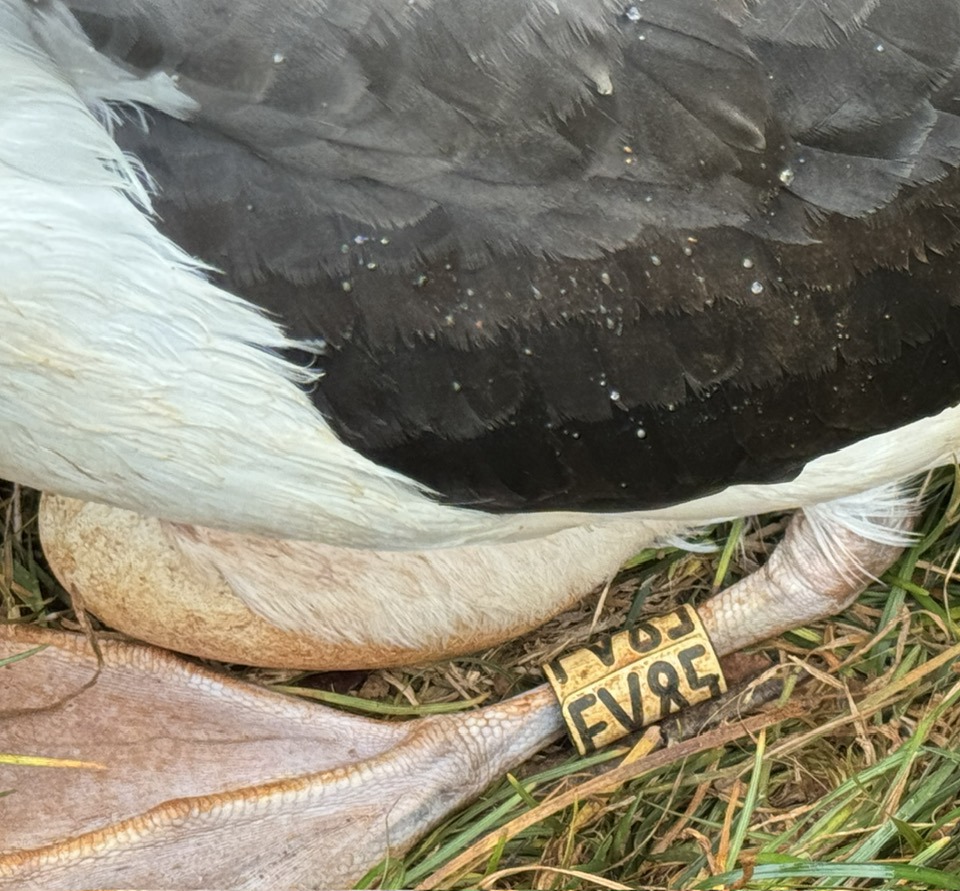 Laysan Albatross FV85 on Kauai, photograph by Hob Osterlund
Laysan Albatross FV85 on Kauai, photograph by Hob Osterlund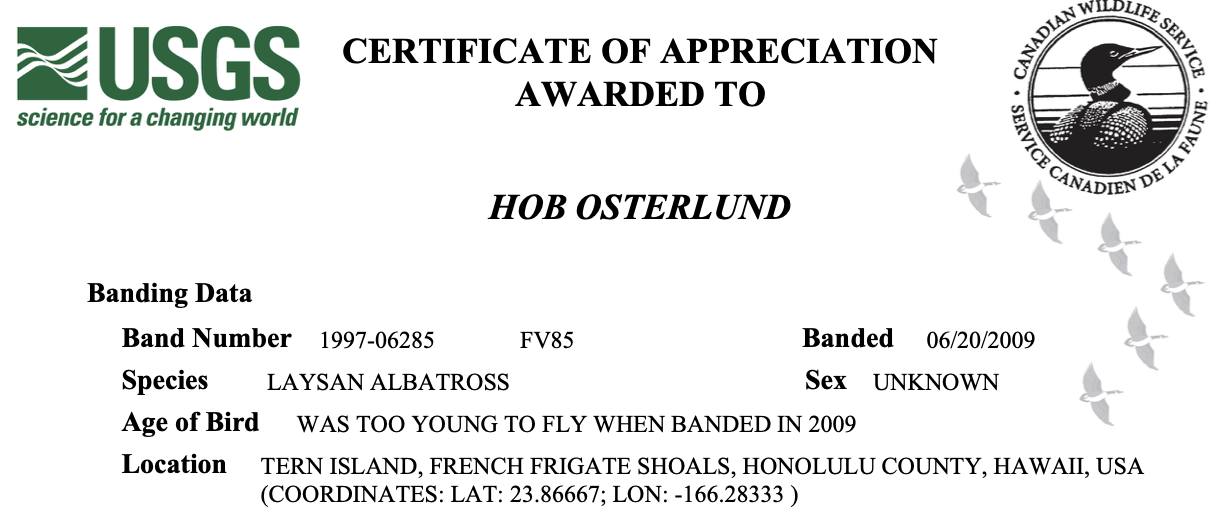
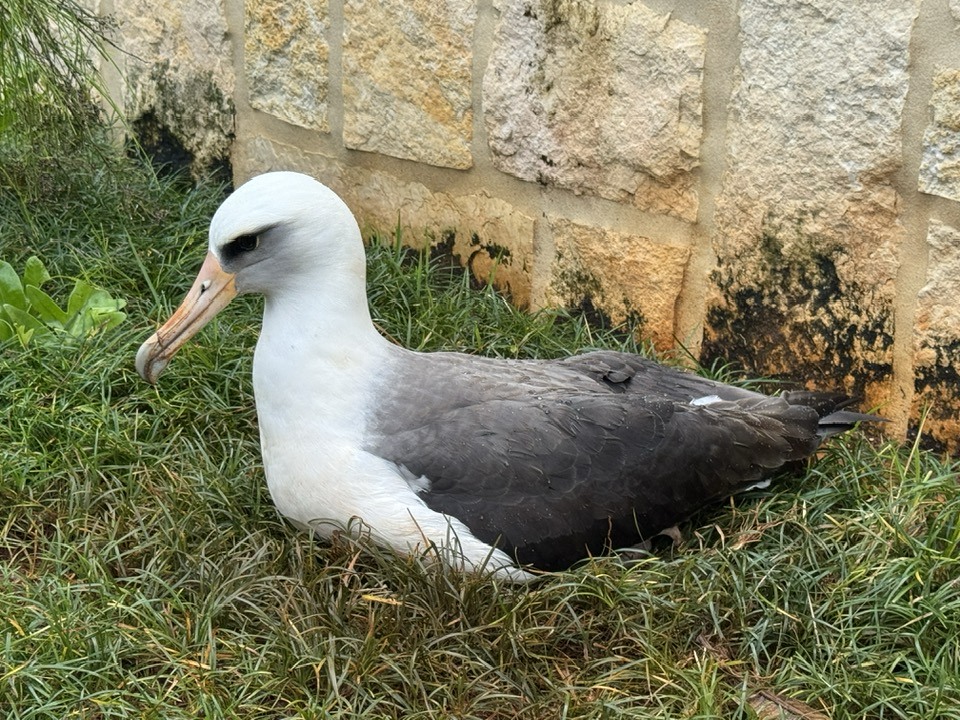 The mystery Laysan Albatross on Kauai, photograph by Hob Osterlund
The mystery Laysan Albatross on Kauai, photograph by Hob Osterlund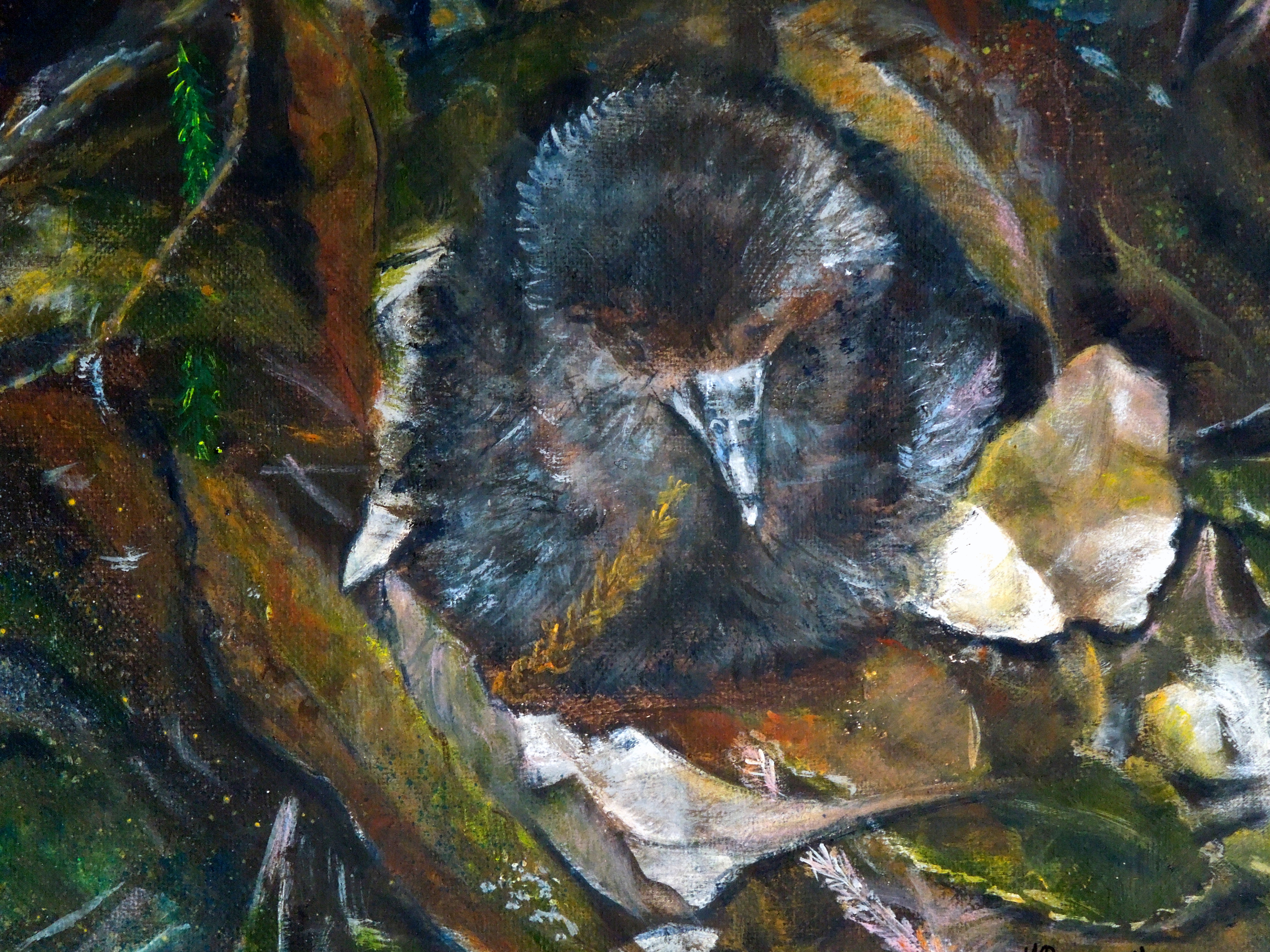 Black Petrel chick by Maureen Bennetts of ABUN for ACAP, after a photograph by Biz Bell
Black Petrel chick by Maureen Bennetts of ABUN for ACAP, after a photograph by Biz Bell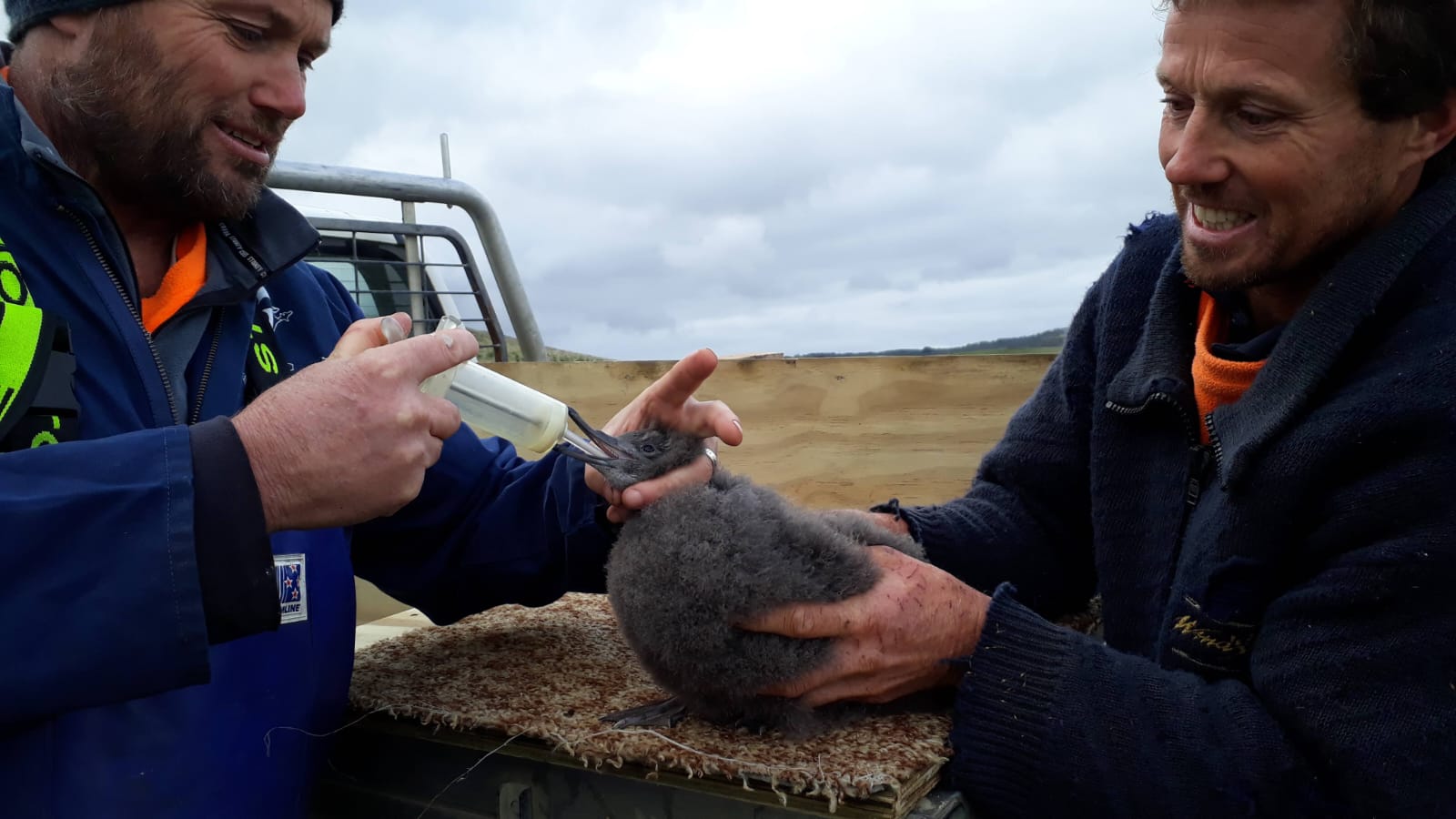
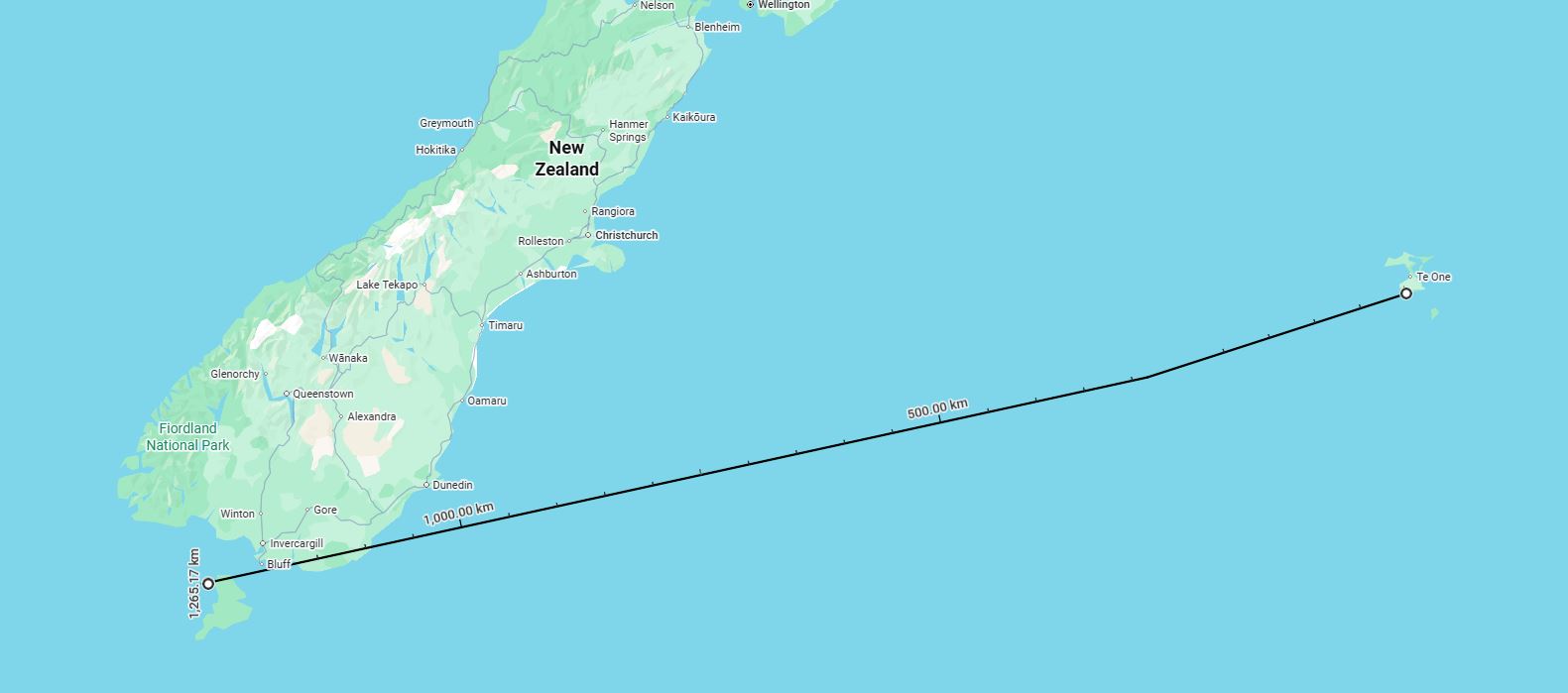
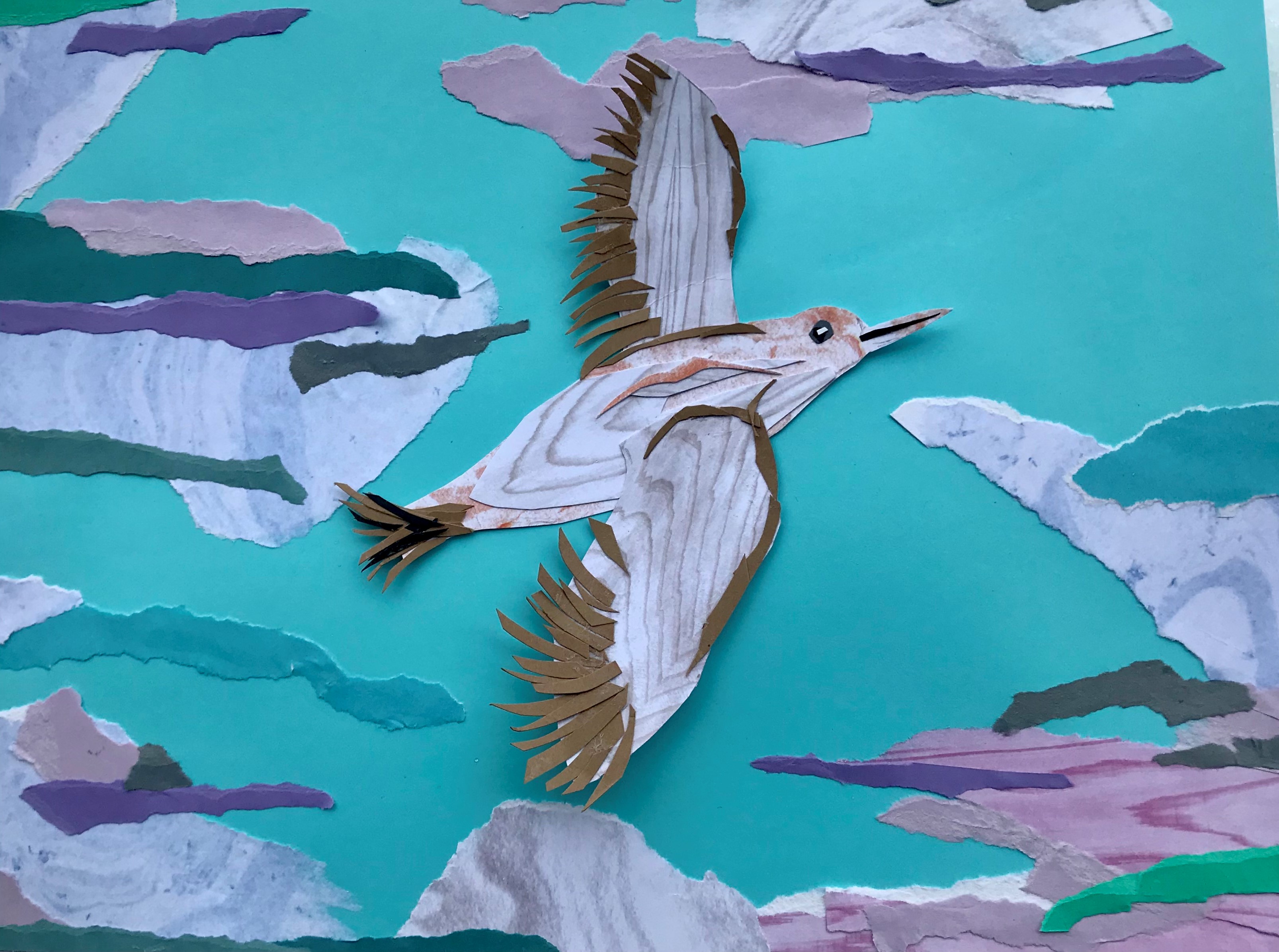 Balearic Shearwater, paper collage by Ellyn Lentz of
Balearic Shearwater, paper collage by Ellyn Lentz of